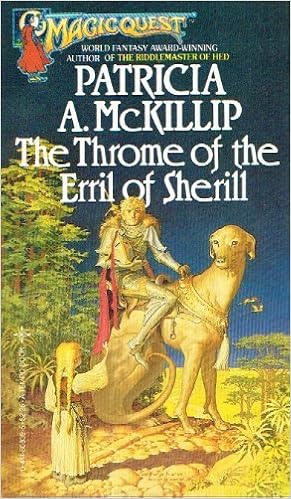
Review number: 1503
The title of this novel is a good summary of its content, if not its purpose. Captain Lincoln is a retired captain of a generation ship, on which a carefully designed and controlled society keeps the population exactly stable: each five years, a new generation is born, each older generation moves on to a new phase of their life, and those who are 80 die to make room for the new children. What the book is not about is the social and emotional ramifications of this idea, making me wonder how the society actually works - there are no rebels, no dissidents, no calls for changes to allow a greater population. Very little is explained or used to power a plot (readers don't even get to know the precise reason for the space flight, though its aim is to colonise another world).
The sociological ramifications of the idea are not in any sense important to EXO Books (a pseudonym which I unfortunately find irritating, for no particular reason). The Last Day of Captain Lincoln is not really a novel at all; the scenario is a framing device for a series of short essays about society and death. These main part of this consists of transcripts of lectures given to younger inhabitants of the ship - a distinct oddity in a novel set in the future, to use a communication method which has been criticised as ineffective for years in universities.
Because of this structure, the reader's response to The Last Day of Captain Lincoln will be determined by what they think of the ideas presented in the essay-like sections.I was actually surprised by the lack of profundity - the general message is that life is good, the afterlife is unknown, and the transition is difficult for the people facing it and those who care about them. Other than that, it seems to me that giving lectures (while convenient for the book) is an odd thing to do when you know it's your last day of life. Is this the best idea for helping with the transition that this carefully designed future society could come up with?
It is possible that I'm not doing the book justice. If science fiction novels have a serious intent, their message is not usually about the future but about the present. The Last Day of Captain Lincoln may be intended as a commentary on the attitude to death in today's Western culture, and this possibility is made more likely by the use of the names of assassinated US presidents Kennedy and Lincoln for current and former captains of the ship.
The most interesting parts of The Last Day of Captain Lincoln, for me, were the quotations heading each section; EXO Books has collected some profound thoughts about death from a wide range of authors. One of these in particular, the somewhat unexpected Isaac Asimov, provides a summary of the book in his aphorism about life and death, and I found myself looking forward to these thoughts far more than the content they frame.
It is perhaps superfluous to add that I didn't like the illustrations - this is mainly a question of the style not appealing to me than anything else.
This is a missed opportunity - the basic idea could have been used to say something more profound, more involving and more affecting. As one of the major aspects of death in any human culture is its effect on those continuing to live, not making the reader care about the characters is a major flaw. (Writing this at the end of 2016, with its litany of celebrity deaths and the reactions of fans constantly seen on social media, this side of death has been rammed home to me more forcefully than it might have been to EXO Books writing The Last Day of Captain Lincoln last year.) My rating: 4/10.




